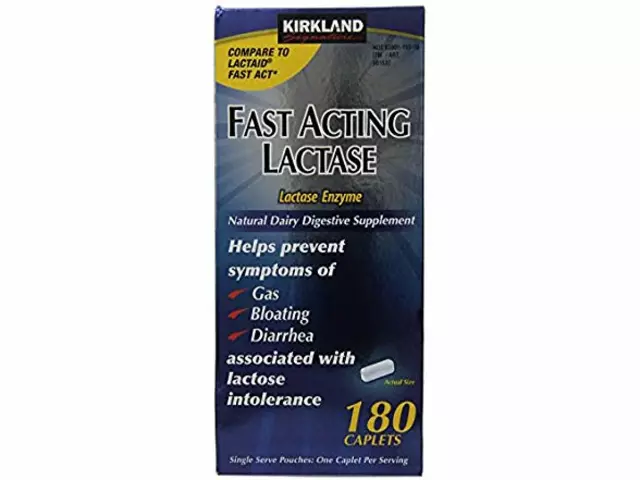Terbinafine Purchase Guide: How to Buy Safely Online and In-Person
Want to buy terbinafine without getting burned by scams or unsafe products? This guide walks you through the practical steps: what terbinafine treats, which forms exist, prescription rules, safety checks, and quick tips for ordering online.
Terbinafine is an antifungal used for nail fungus, ringworm, and scalp infections. It comes as a topical cream, solution, or oral tablet. Topical forms usually treat skin infections and are sold over the counter in some countries, while oral terbinafine (often 250 mg once daily) treats stubborn nail and scalp infections and usually needs a prescription.
Check before you buy
First, confirm whether your country requires a prescription for oral terbinafine. If it does, avoid any website that offers pills without asking for a prescription. Legitimate pharmacies will ask for a valid prescription and provide contact info, a license number, and clear policies on returns and privacy. Look for reviews and an independent verification badge (like Verified Internet Pharmacy Practice Sites in the US).
Verify the product packaging in photos and compare the active ingredient name (terbinafine or terbinafine hydrochloride), dosage, manufacturer, and expiration date. Watch for unusually low prices — if it sounds too cheap, it might be counterfeit.
Safe ordering and shipment
Choose pharmacies that ship with tracking and discreet packaging. Read shipping times and import rules: some countries block or tax prescription meds at customs. Use a credit card or reputable payment method that offers fraud protection. Keep the pharmacy's customer service contact in case you need to return the product or report side effects.
When your order arrives, inspect sealed blister packs or tubes. Don’t use the medicine if the packaging is damaged, the pills look different, or there’s no leaflet. Store oral terbinafine at room temperature away from moisture; topical forms often have simpler handling instructions.
Know the common side effects: gastrointestinal upset, headache, taste changes, and, rarely, liver issues. If you take oral terbinafine, your doctor may check liver function before and during treatment, especially if you drink alcohol or have liver disease. Tell your provider about other meds — terbinafine interacts with some antidepressants, blood thinners, and cholesterol drugs.
Alternatives include topical antifungals like clotrimazole or ciclopirox for mild cases, and others such as itraconazole for certain nail infections. Your healthcare provider will help pick the right option based on infection type, medical history, and drug interactions.
Finally, don’t self-prescribe for serious or spreading infections. If a skin or nail problem worsens, get seen by a healthcare professional—sometimes lab testing or a different treatment is needed. Buying terbinafine can be safe if you check prescriptions, verify the seller, inspect the product, and follow medical advice.
If cost is an issue, ask your doctor about generic terbinafine or assistance programs. Some clinics offer vouchers. Avoid buying from marketplaces or social media sellers — they often lack quality control. Keep a treatment diary to track progress and side effects; nail fungus can take months to clear, so patience matters.

Where and How to Buy Terbinafine Online Safely: A Buyer’s Guide
Learn where and how to buy Terbinafine online safely, including tips on legit pharmacies, what to look for, and how to protect your health and wallet.
MedicationsLatest Posts
Tags
- online pharmacy
- medication
- dietary supplement
- side effects
- online pharmacy UK
- medication safety
- mental health
- impact
- online pharmacies
- dosage
- skin health
- health
- pain relief
- dietary supplements
- massage therapy
- medication side effects
- eye inflammation
- health benefits
- mental health treatment
- thyroid medication




